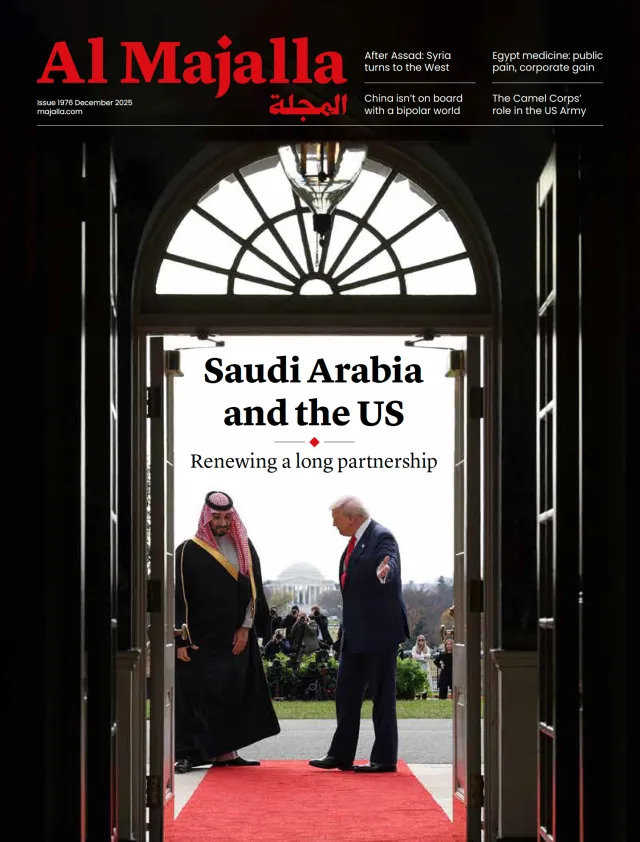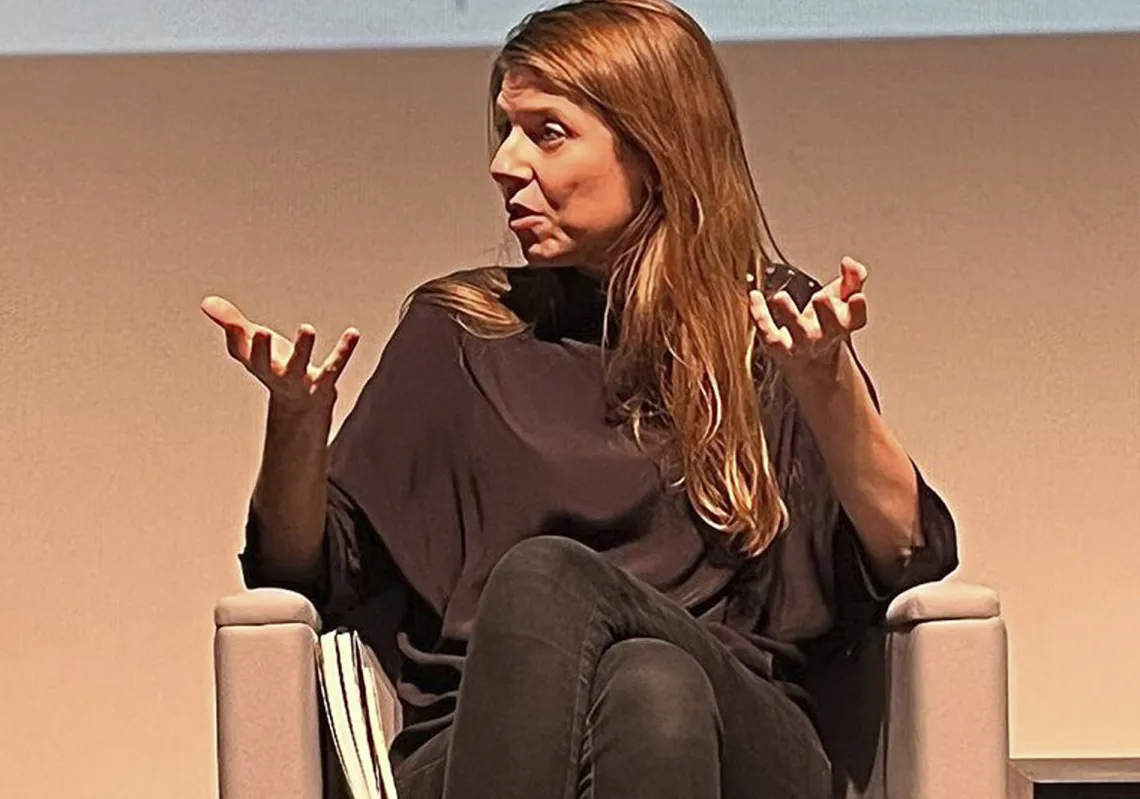Since her passing half a century ago, Egyptian singer, songwriter, and actress Umm Kulthum has remained a cultural icon, never far from discussion. Active from the 1920s to the 1970s, her legacy has sparked debate and ideas in cinema, TV, art, and music, as well as in feminist and youth movements.
Fans say Umm Kulthum stands out as perhaps the only Arab singer of either gender to have fully mastered their voice in every dimension—bringing depth, experience, and cultural nuance to their performance.
Her artistry encompassed the traditions of generations in diverse styles, from 19th-century music, adwar (rigidly structured melodic or rhythmic compositions), and muwashahat (classical Arabic poetic forms) to Quranic recitation, tajwid (Quranic elocution), and even jazz and rock.
A male-dominated world
In a scene that has become synonymous with Umm Kulthum’s life story, she is depicted as a child dressed in boys’ clothing, singing religious hymns and chants in a circle of mainly men. She got opportunities that were rare in the early 20th century, particularly considering her birthdate of 31 December 1898, according to popular belief.
Her disciplined and rigorous education in Quranic recitation and elocution endowed her with what historians regard as her defining trait—a steadfast seriousness in her approach to singing, enriched by her training in religious hymns and mada’ih (panegyrics) and grounded in strict and demanding teachings.
These require performances that meticulously capture the essence and sanctity of their subject matter, crafted in a style that evokes both majesty and respect through their careful construction and composition. Umm Kulthum worked tirelessly to build and manage her artistic career. With determined commitment, she kept her voice pristine.

The journey began in earnest in 1924 when she started recording her songs with the Gramophone Company. The first was the poem Al-Sabbu Tafdahuhu Uyunuh (The Eyes Betray the Lover), with lyrics by Ahmed Rami and music composed by Sheikh Aboul-Ela Mohamed.
Contract negotiation
With this recording, she entered the world of records, which played a pivotal role in popularising her voice and connecting her with her audience. Her later commercial success owed as much to canny marketing and contract negotiation as it did to the audience’s familiarity with her voice from these early days. This audience comprised those who attended her concerts in her village and its surroundings, as well as the elite of Cairo, including rural families who had migrated to the capital, such as the Abdel Razek family.
Later, Umm Kulthum signed a contract with the Cairophone company and recorded numerous successful songs, most notably In Kunt Asamah (If I Were to Forgive), which enjoyed stellar sales from 1925-27. But after she discovered a significant disparity between the company’s profits and her own earnings, she terminated her contract and moved to Columbia Records. This boosted her earnings and expanded her popularity. But during a visit to the company’s offices, she learned that another singer, far less renowned than herself, was getting paid more.
This led her to end her contract with Columbia and seek a more favourable deal. It was a wise move because she soon met Monsieur Barouj, the director of Odeon Records, who offered her a far more lucrative contract than all her previous agreements.
Marching to her own tune
Umm Kulthum’s dealings with record companies revolutionised the treatment of musicians in her era, setting a new standard for performers’ rights and contracts. She was keenly aware of the commercial value of her artistry and voice.










